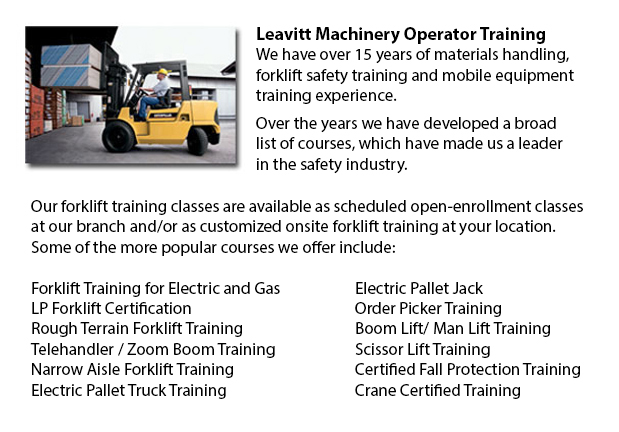
Boom Trucks Training Mississauga - Boom truck are often used by phone, cable and utilities organizations as they have extended folded arms which are generally folded over the roofs of business vehicles. On the end of the extension of extendable arms more often than not sits a bucket-like apparatus. When a container vehicle has an extendable boom installed on the roof this is sometimes called an "aerial boom truck" or a "cherry picker". It is capable of transporting workers to the top of a phone or electrical pole. Bucket boom vans have a lifting capacity of approximately 350 lbs to 1500 lbs or 158 kg to 680 kg plus they are able of extending the bucket up to 34 feet or to around 10 meters into the air.
Construction boom trucks or heavy duty boom trucks will regularly have a hoist accessory on the rear. Often referred to as knuckle booms, these cranes might be shorter and more compact than the trolley boom, which has a boom capable of extending the length of the vehicle. Hoist boom vehicles have a lifting capability between 10 to 50 tons or just about 9 to 45 metric tons.
Concrete boom trucks are another adaptation. The booms on these lift trucks have a pipe with a nozzle at the far end and are used to pump concrete or other materials. The locations where these materials need to be deposited is usually inaccessible to the vehicle or is located at a great height, for that reason, the boom of a larger concrete boom vehicle might be extended 230 feet or approximately 71 meters. The truck then pumps the concrete through the boom completely depositing it into the space where it is required.
Fire departments are equipped with a lengthy bucket boom used to hoist firefighters to the upper floors of a structure. Once in place, this boom enables them to direct water onto a fire or to rescue ensnared victims. Some of the older hook and ladder lift trucks have been displaced with current boom vehicles.
Self propelled booms are very comparable to forklifts. These little boom vehicles may raise staff to elevated storage or to the ceiling of large warehouses and stockroom offices. They are more secure and therefore much safer than using extension ladders for the similar application.
-
Komatsu Forklift
Komatsu Forklift Training Mississauga - Komatsu Forklift U.S.A. Inc., an associate of the Komatsu Ltd. family, has an encouraging reputation for building robust and dependable forklifts. They are renowned worldwide as a business who has a proud herit... More -
Pallet Lifts
Pallet Lifts Training Mississauga - A pallet lift is equipment designed in particular for moving pallets of irregular weights and sizes. They can be utilized in conjunction with cranes, forklifts and other heavy duty equipment as an attachment piece... More -
Pallet Stackers
Pallet Stackers Training Mississauga - Pallet stackers are a type of pallet jack that might be used to stack, transfer and lift goods positioned on a pallet that are far too burdensome for physical lifting. Mostly these mechanisms are employed to loa... More -
Scissor Pallet Trucks
Scissor Pallet Truck Training Mississauga - Scissor lift pallet vehicles are made to be able to rearrange and stack pallets with an integrated raising apparatus that enables the pallets to be elevated. This apparatus is incredibly effective for worki... More -
Nissan Forklift
Nissan Forklift Training Mississauga - Nissan prides itself on achieving complete consumer satisfaction when their customer is enjoying one of their countless trucks, cars or lift trucks. Nissan Forklift division is a wholly owned subsidiary of Nissa... More

Forklift Certification Mississauga
TOLL FREE: 1-888-254-6157
Mississauga, Ontario
forkliftcertificationmississauga.com
Email Us
About Us


